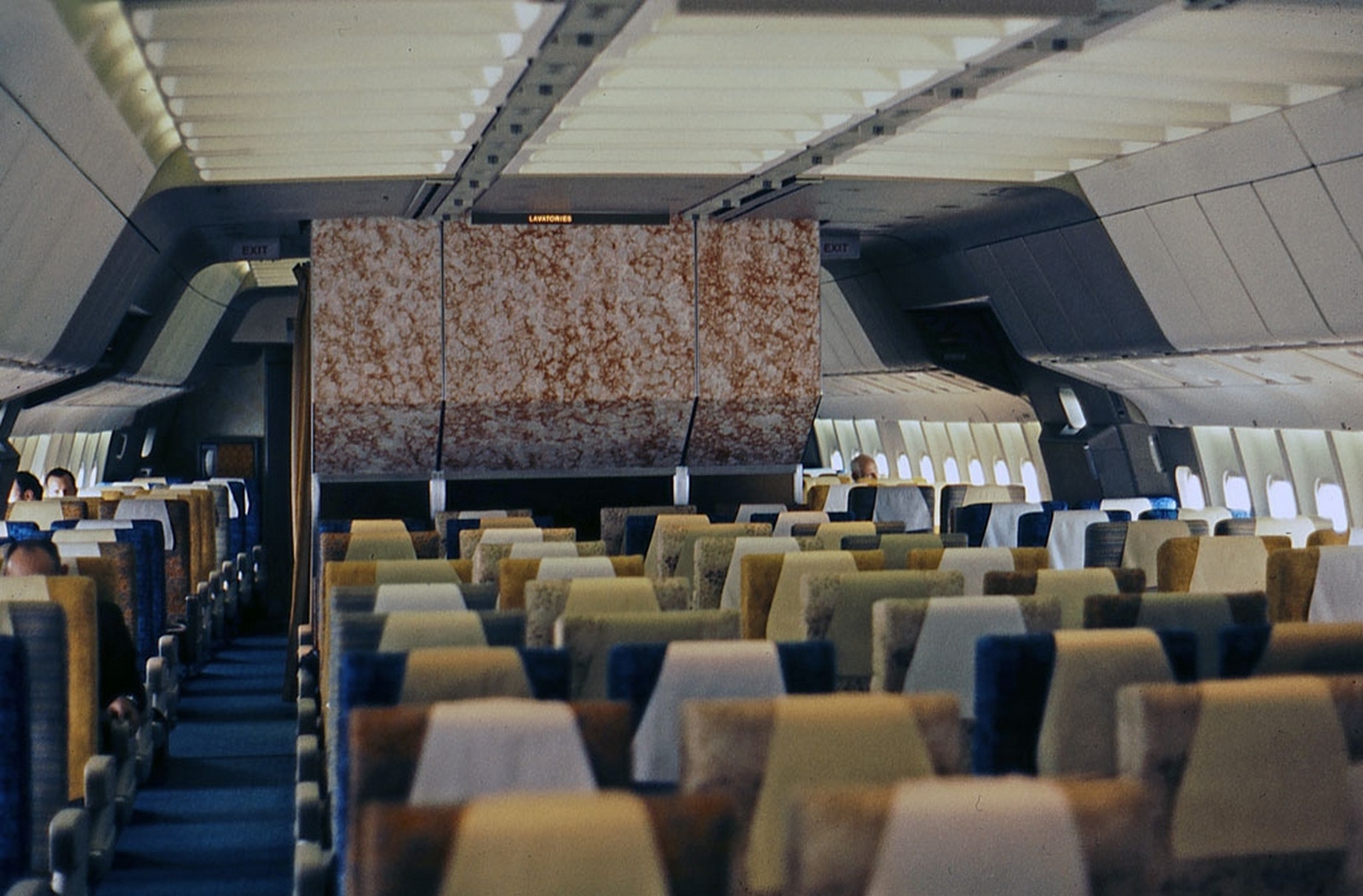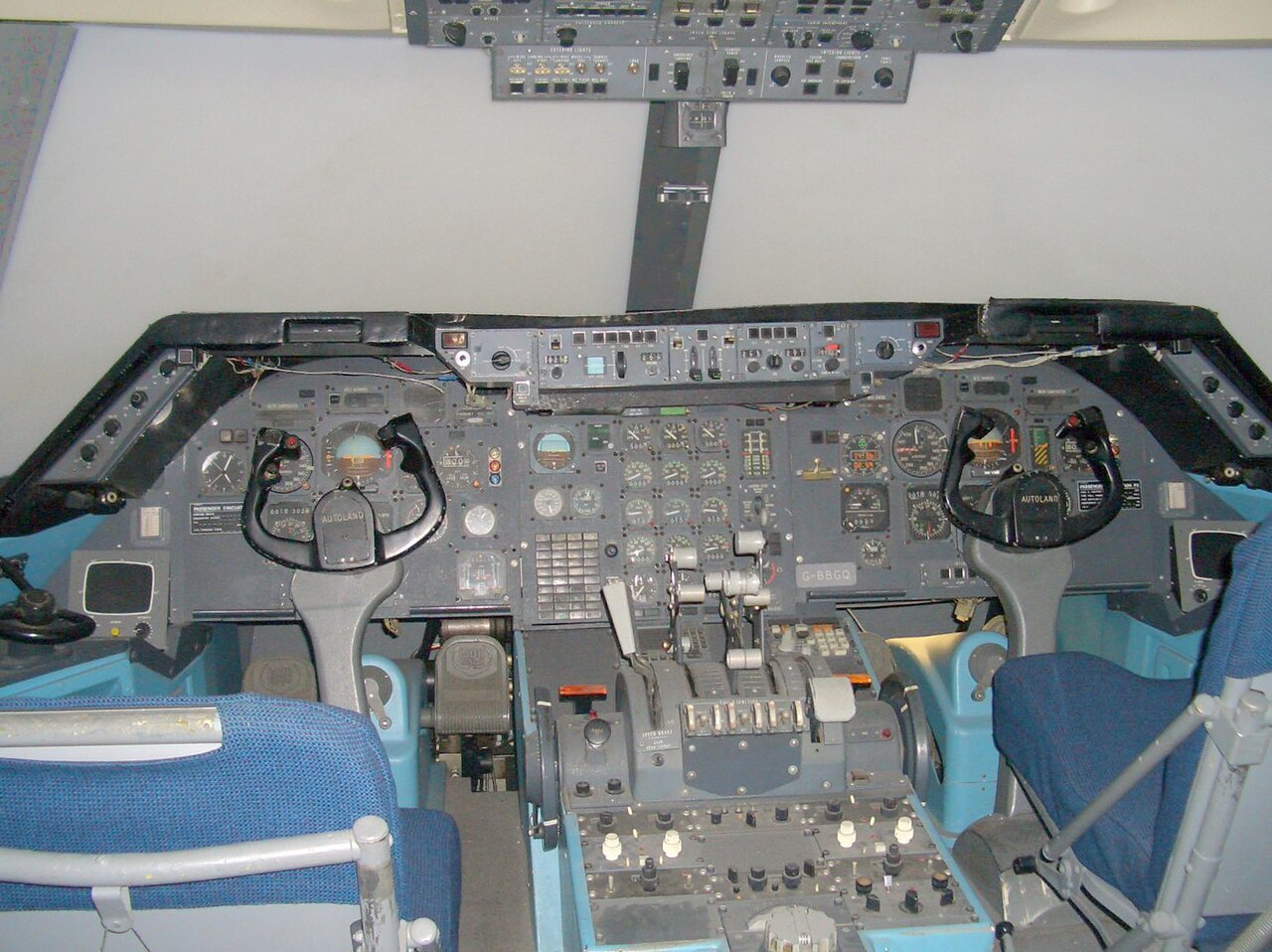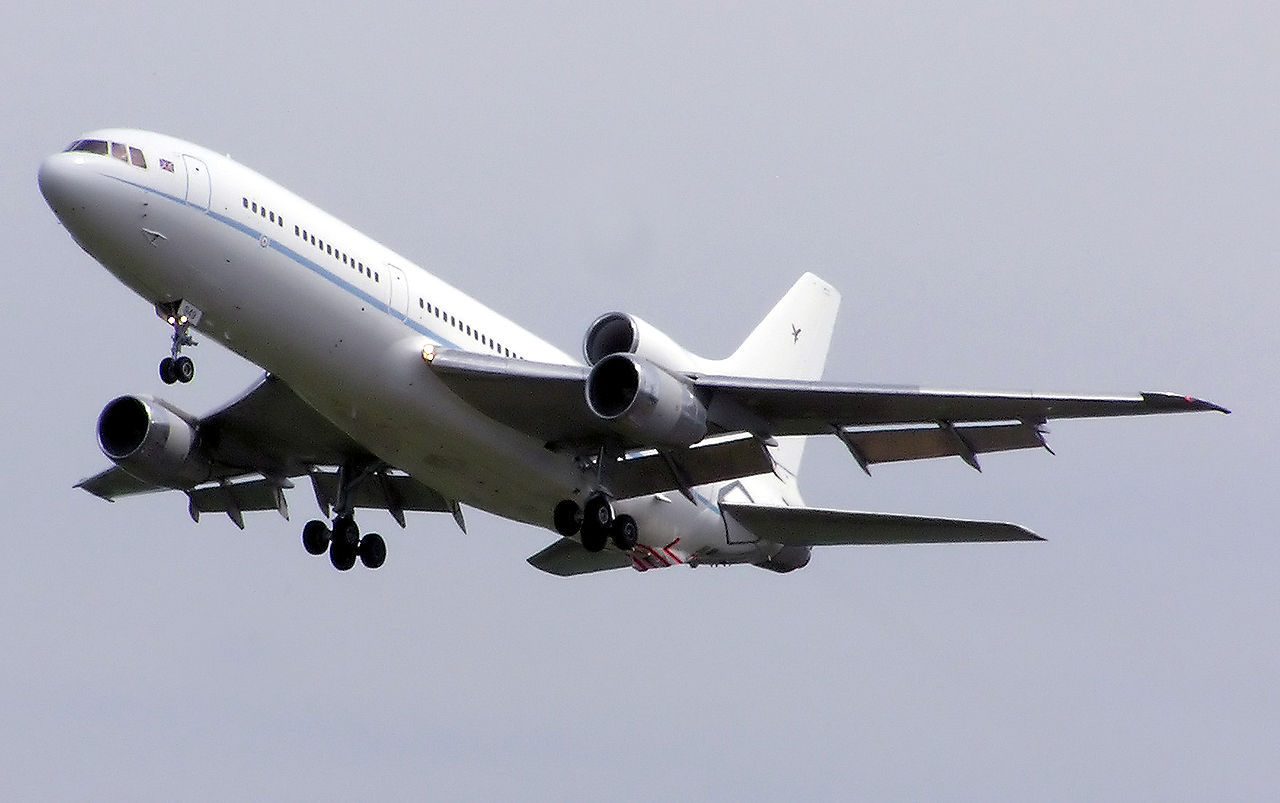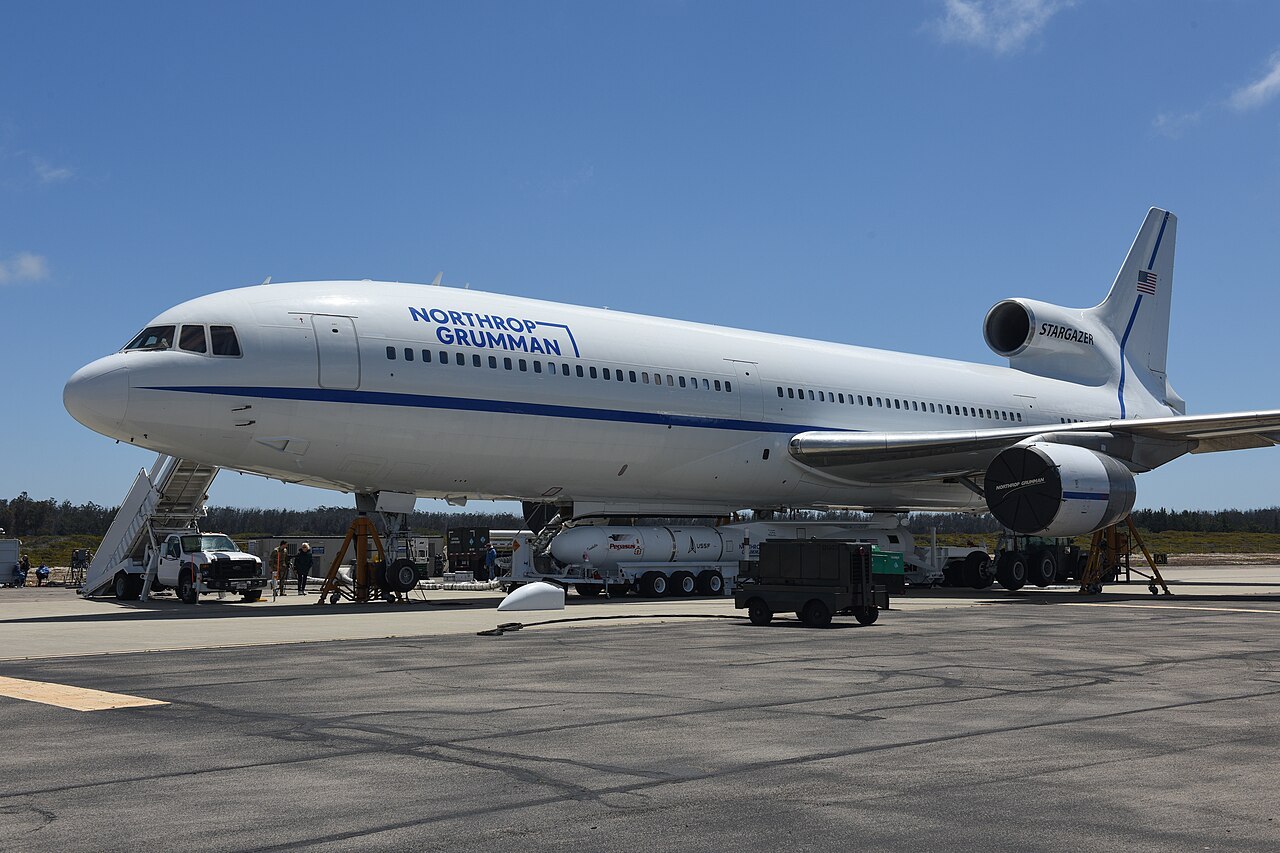55 years of the Lockheed L-1011 TriStar wide-body airliner
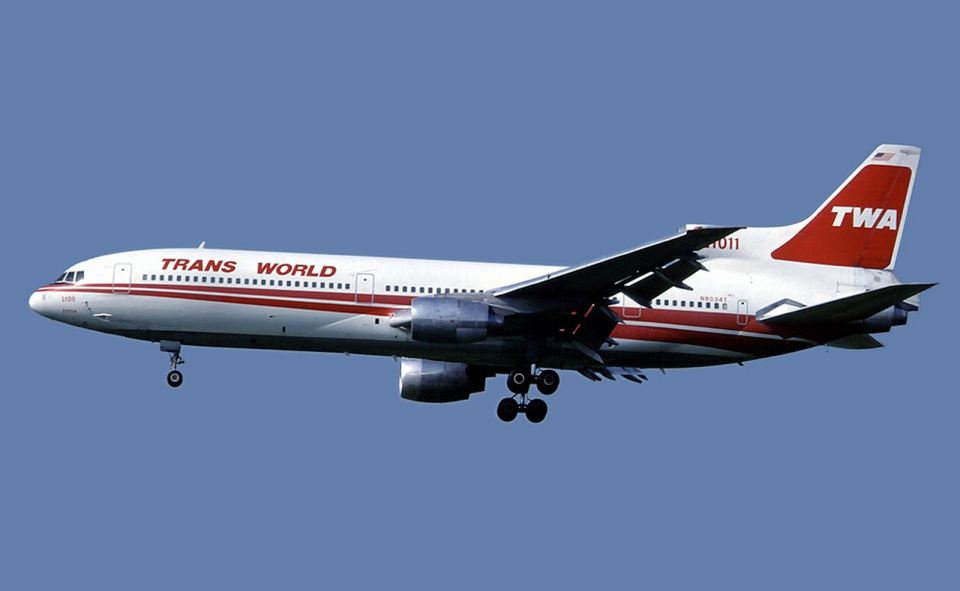
November 16 marked the 55th anniversary of the Lockheed L-1011 TriStar passenger aircraft, which became the third wide-body airliner in the world after the Boeing 747 and DC-10. On that day in 1970, its first prototype took flight.
At that time, Lockheed Corporation was fiercely competing with two other giants of the American aviation industry, Boeing and McDonnell Douglas, for the passenger aircraft market. And it was losing. The previous L-188 Electra airliner had gained a bad reputation due to unfortunate accidents and did not live up to expectations for commercial success. And now, testing of the new aircraft began two and a half months later than its main competitor, the DC-10 (we have a separate article about it).
The TriStar received its type certificate in April 1972, and its serial production was discontinued in 1984. There were seven main variants of the aircraft with a maximum take-off weight of 200 to 231 tons. The largest number (160 units) were built in the lightest version, the L-1011-1. The aircraft was equipped with three RB211 turbofan engines from the British company Rolls-Royce, each with a thrust of 21 tons. It was 54 m long, had a wingspan of 47 m, a maximum speed of 998 km/h, a maximum range of over 7,400 km, and could carry 253 passengers in a three-class configuration.
The aircraft were actively used by US airlines and became quite widespread around the world. Outside the United States, they were operated by carriers in more than 40 countries, including the United Kingdom, India, Canada, Nigeria, Germany, Peru, Portugal, Turkey, France, Chile, Sweden, and Japan.
The aircraft did not only carry passengers. Nine units were converted into RAF Tristar refueling aircraft for the Royal Air Force. Another unit, named Stargazer, became a platform for the air launch of the Pegasus space launch vehicle.
According to calculations, 500 Tristars needed to be built for commercial success. However, only 200 were actually produced. After another failure, Lockheed stopped manufacturing passenger aircraft altogether.
The competing DC-10 was built in much larger numbers – 386 units – but still less than expected. The main reason for the failure of the “three-engine” airliners was the entry into the market of the more economical European twin-engine wide-body A300 aircraft.
Only one aircraft from the TriStar family remains in service today – the Stargazer.

 Fan-page
Fan-page Youtube
Youtube TikTok
TikTok Aviamuseum
Aviamuseum State Aviation Museum
State Aviation Museum



